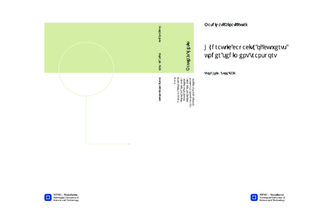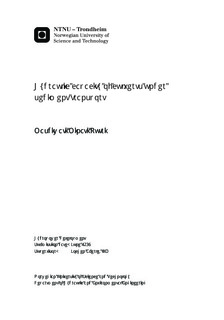| dc.contributor.advisor | Aberle, Jochen | nb_NO |
| dc.contributor.author | Putri, Masdiwati Minati | nb_NO |
| dc.date.accessioned | 2014-12-19T12:33:03Z | |
| dc.date.available | 2014-12-19T12:33:03Z | |
| dc.date.created | 2014-08-31 | nb_NO |
| dc.date.issued | 2014 | nb_NO |
| dc.identifier | 742172 | nb_NO |
| dc.identifier | ntnudaim:11448 | nb_NO |
| dc.identifier.uri | http://hdl.handle.net/11250/242472 | |
| dc.description.abstract | Sedimentation frequently causes an extensive blockage in culvert which may reduce its design capacity. Culvert guidelines which are extensively used reveal little details about sedimentation in culvert. Requirement of the design guidelines for culvert in steep terrain considering sediment transport condition implies the necessity of the culvert guidelines development. Two prior studies of culvert performance on steep terrain have been conducted. The first study evaluated the effects of expansion section length on the performance of the culvert under jet regime, while the other one investigated the effects of additional roughness installed on the model which then changed the flow regime of the model.Several laboratory experiments have been conducted during this study. The main focus of the study is to investigate the influence of the width of expansion section on the performance of the culvert. Tests were conducted on the scaled model which represents a culvert in a steep terrain. The model is designed for inlet control focusing only on a circular pipe, which consists of an upstream reservoir, an approach channel, and a channel expansion section. Streams on the model are supercritical at the approach channel and subcritical at the expansion section. The experiments simulated performances of the culvert under clear water and sediment transport conditions. The experimental phase was performed with three different inlet setups in various widths of expansion section. In the sediment transport experiments, various sizes and amount of sediments were used and combined with different methods of feeding the sediments. Flow pattern, sediment efficiency, and sediment deposition pattern were observed on the experimental works. The results of the experiments are shown through the inlet control performance curve which represents the ratio of the water depth to the culvert barrel diameter as a function of dimensionless discharge.As the main result, the performance of the culvert under clear water and sediment transport conditions is influenced by the width of expansion section and the inlet setup. In general, narrower width develops better culvert performance. The amount of sediment deposited in the expansion section and its deposition pattern are associated with the phenomena that occur on flows as a result of the expansion section widths effects. | nb_NO |
| dc.language | eng | nb_NO |
| dc.publisher | Institutt for vann- og miljøteknikk | nb_NO |
| dc.title | Hydraulic capacity of culverts under sediment transport | nb_NO |
| dc.type | Master thesis | nb_NO |
| dc.source.pagenumber | 87 | nb_NO |
| dc.contributor.department | Norges teknisk-naturvitenskapelige universitet, Fakultet for ingeniørvitenskap og teknologi, Institutt for vann- og miljøteknikk | nb_NO |

